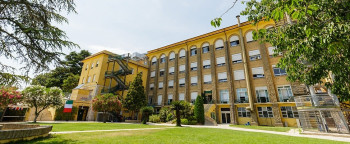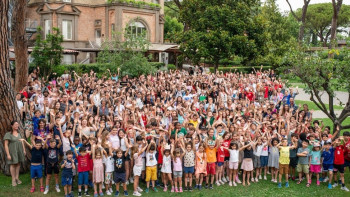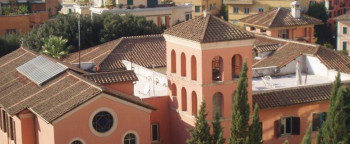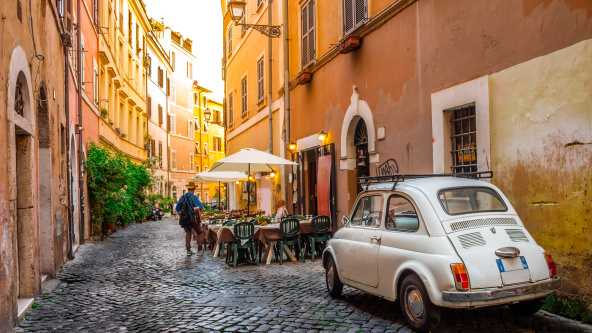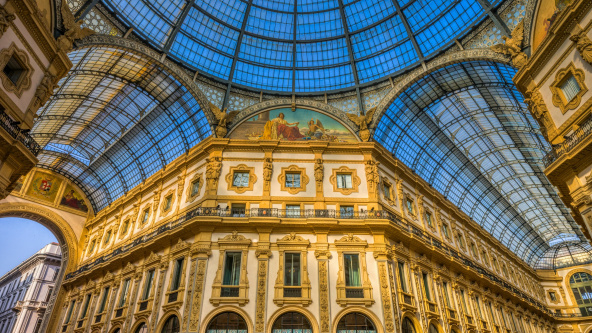Best schools in Rome
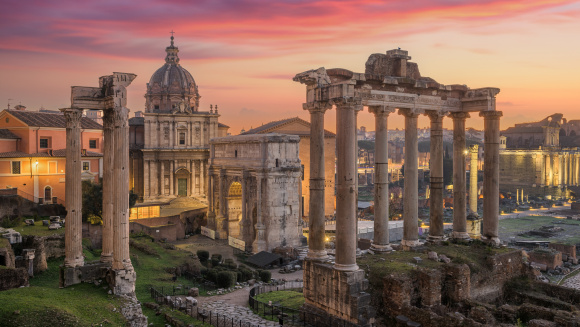
Education in Rome
There are different kinds of schools throughout Italy: Italian public schools (state-run schools), Italian private schools, ‘scuole paritarie’ (which follow the state curriculum but are not free like the public schools eg Catholic or bilingual schools) and international schools.
The three main curricula offered in the international schools are British, IB and American, and the culture in those schools can feel very strongly one way or another eg very British, very American or with a very religious culture.
Within the state system, education is split up into four age groups. First, pre-school or scuola maternal (age 3-5). Second, primary school or scuola elementare (age 6-11). Third, middle school or scuola media (age 11-14) and high school, called scuola superior or secondo grado.
The structure, then, is similar to the American one except that at the high school level, some schools specialise in certain areas such as economics or languages. The teaching in state schools is largely traditional, so be prepared for a lot of text book learning, but also a lot more philosophy, history, and literature classes, which many parents see as a bonus.
Choosing a school in Rome
If you are considering an international school, the first thing to find out – besides the curricula, of course - is how international the school really is. Some schools, which have international in their title, are actually English speaking schools that Italians have enrolled their children in to learn English well. So, always ask what the proportion of international to local kids is.
It’s also worth noting that while all the international schools provide support to help non-native English speaking children acquire English as their second or often third language, some schools definitely place more emphasis on learning Italian as well as English. Some have full immersion in both languages – even an English and an Italian library.
Another consideration is the school commute. The international schools are dotted all over Rome, with a strong preponderance to the north and spread out through the residential area of the Via Cassia. Others are more central: closer to the embassies and elegant residential area of Parioli. In the south of the city, there are several schools close to the Food and Agriculture Organisation. The larger numbers of primary schools means that it may be possible to find a good school locally while they are younger, but for older children the choices are more limited. That said, public transportation is available and safe, and many children do travel by bus or metro to school. Plus, almost all the schools operate school buses.
Most international schools have a variety of afterschool activities, which is part of their appeal over local schools. Many use these after school programmes to build their ‘team spirit’, which in turn helps create a community that allows families to feel at home, crucial for nomadic expats.
Where expats decide instead to enrol their children into the local school system – which many do – the reasons tend to be both cost saving and immersion into Italian culture and the language. However, for children do not have a firm grasp on the language, there can be some growing pains with this strategy. Not only can it be isolating for the child but, for those living abroad for only a short posting, it can be more difficult to transition to schools in other countries or back home.
